Wheels & Tires: A Guide to Essential Motorcycle Maintenance
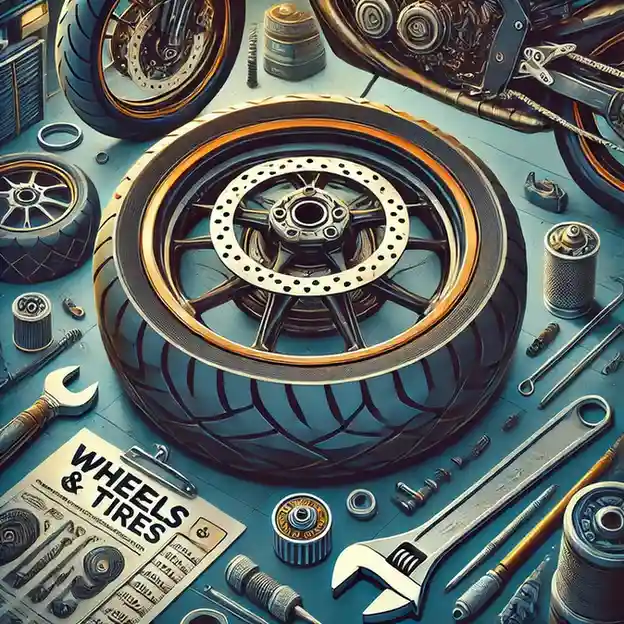
Introduction to Wheels and Tires in Motorcycle Performance
Wheels and tires are fundamental components that play a crucial role in a motorcycle’s handling, performance, and safety. Proper maintenance of these parts ensures that your bike handles smoothly, accelerates efficiently, and stops safely. Whether you’re commuting, touring, or racing, understanding the importance of wheel and tire care is key to extending their lifespan and optimizing your ride experience.
This guide explores how to maintain your motorcycle’s wheels and tires, offering essential tips for ensuring peak performance and safety on the road.
The Role of Wheels and Tires in Motorcycle Handling
1. Tires and Their Impact on Handling
Tires are the only point of contact between your motorcycle and the road. The type of tire, its tread pattern, and air pressure can significantly affect how your bike grips the road, corners, and brakes.
- Tread Pattern: Different tread designs cater to various riding conditions. For example, slick tires are ideal for dry track conditions, while deeper treads with grooves are better suited for wet or off-road environments.
- Tire Composition: Soft-compound tires provide better grip and are used for performance riding, while harder compounds offer more durability and are preferred for commuting and long-distance touring.
Tip: Always choose tires that match your bike’s purpose—sport, touring, or off-road—to ensure optimal performance.
2. Wheels and Stability
The design and material of your motorcycle’s wheels can influence handling and overall performance:
- Spoked Wheels: Commonly found on off-road and adventure motorcycles. They provide flexibility and strength, which is useful for handling rough terrains.
- Cast Wheels: Made of materials like aluminum, these wheels are lightweight and offer good stability, making them ideal for road and sport motorcycles.
Tip: Check wheels for cracks or damage regularly to prevent sudden failures that could lead to accidents.
Essential Tire Maintenance Tips
1. Monitor Tire Pressure
Maintaining the correct tire pressure is one of the simplest yet most critical maintenance tasks. Incorrect tire pressure can lead to poor handling, reduced fuel efficiency, and accelerated tire wear.
- Check Regularly: Use a reliable tire pressure gauge to check your tire pressure at least once a week.
- Follow Manufacturer Guidelines: Refer to your motorcycle’s manual for the recommended tire pressure, which can vary based on load and riding conditions.
Tip: Tire pressure should be checked when the tires are cold to get an accurate reading.
2. Inspect Tire Tread Depth
Tread depth is crucial for safe riding, especially in wet conditions where sufficient tread helps channel water away and maintain traction.
- Minimum Tread Depth: The legal minimum tread depth in many regions is 1-2 mm. For optimal safety, consider replacing tires when the tread depth falls below 3 mm.
- Wear Patterns: Uneven tread wear can indicate misalignment, incorrect tire pressure, or suspension issues.
Tip: Use a tread depth gauge or the “penny test” to ensure your tires have enough tread for safe riding.
3. Check for Damage and Debris
Inspect your tires for signs of cracks, punctures, or embedded debris that could compromise their integrity. Small stones or nails lodged in the tread can slowly deflate the tire and cause a sudden failure while riding.
Tip: After every ride, especially on rough terrain, give your tires a quick visual check for debris or damage.
4. Tire Age Matters
Even if your tires have plenty of tread left, their age can impact performance. Rubber degrades over time, which can lead to a loss of traction and flexibility.
- Recommended Replacement: Replace tires that are more than five years old, even if they haven’t reached the end of their tread life.
- Date Code: Check the sidewall for the DOT code to determine the tire’s manufacturing date. The last four digits indicate the week and year of production (e.g., “1219” means the 12th week of 2019).
Wheel Maintenance and Inspection
1. Wheel Alignment
Proper wheel alignment ensures that your motorcycle tracks straight and reduces uneven tire wear. Misaligned wheels can negatively impact handling and stability.
- Signs of Misalignment: If your motorcycle pulls to one side or the handlebars feel off-center, your wheels may need alignment.
- Routine Checks: Include wheel alignment checks during your regular maintenance schedule, especially after changing tires or performing major repairs.
2. Inspect for Cracks or Damage
Wheels can develop cracks or bends from potholes or rough riding conditions. Inspect your wheels regularly for signs of damage that could compromise structural integrity.
- Spoked Wheels: Check that the spokes are tight and not bent or broken.
- Cast Wheels: Look for cracks or warping along the rim.
Tip: If you find significant damage, replace the wheel to avoid safety risks.
3. Balance Your Wheels
Balanced wheels contribute to smoother rides and prevent premature tire and suspension wear. Unbalanced wheels can cause vibrations at certain speeds, impacting comfort and handling.
- When to Balance: Wheels should be balanced whenever new tires are installed or if you experience vibrations while riding.
- DIY vs. Professional: While you can attempt wheel balancing at home with a stand, professional services ensure a more precise balance.
Additional Tips for Optimal Tire and Wheel Care
1. Rotate Your Tires (if applicable)
For some motorcycles, rotating tires may extend their lifespan by promoting even wear. However, this practice isn’t common for all bike types, so refer to your motorcycle’s manual or consult a mechanic.
2. Keep Tires Clean
Dirt and oils can degrade tire rubber over time. Use mild soap and water to clean your tires regularly, avoiding harsh chemicals that could damage the rubber.
3. Store Properly
If you need to store your motorcycle for an extended period, keep it off the ground or use a center stand to reduce stress on the tires. Store in a cool, dark place to prevent rubber deterioration from UV exposure.
Conclusion: Prioritize Your Wheels and Tires
Regular maintenance of your motorcycle’s wheels and tires is essential for ensuring safe and smooth rides. Proper tire pressure, tread depth checks, wheel inspections, and cleaning practices all contribute to optimal performance and safety. By incorporating these simple maintenance tasks into your routine, you can extend the lifespan of your wheels and tires and enjoy more confident handling on every journey.
Ride safe and take care of your wheels and tires—they are your most critical connection to the road
Read also our article about Seville: A Journey Through Andalusian Culture & City Sights.
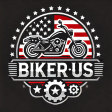
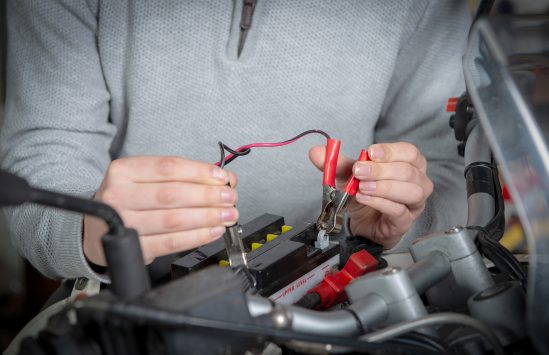
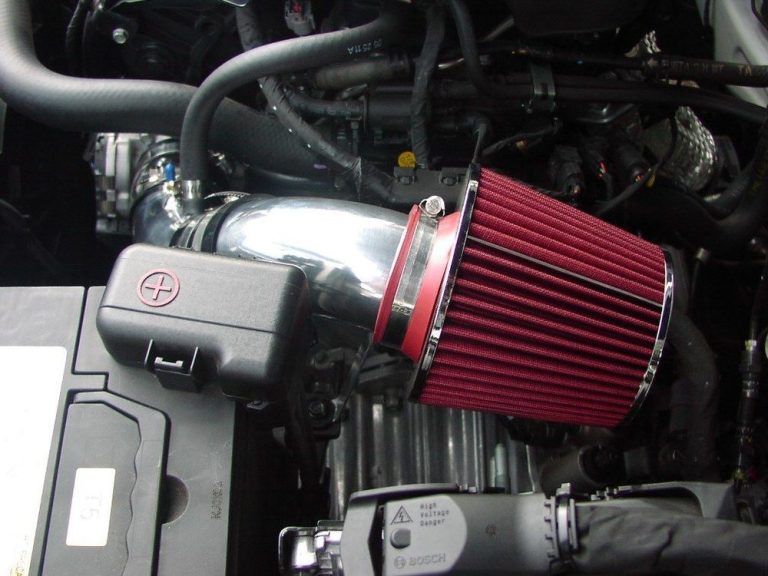
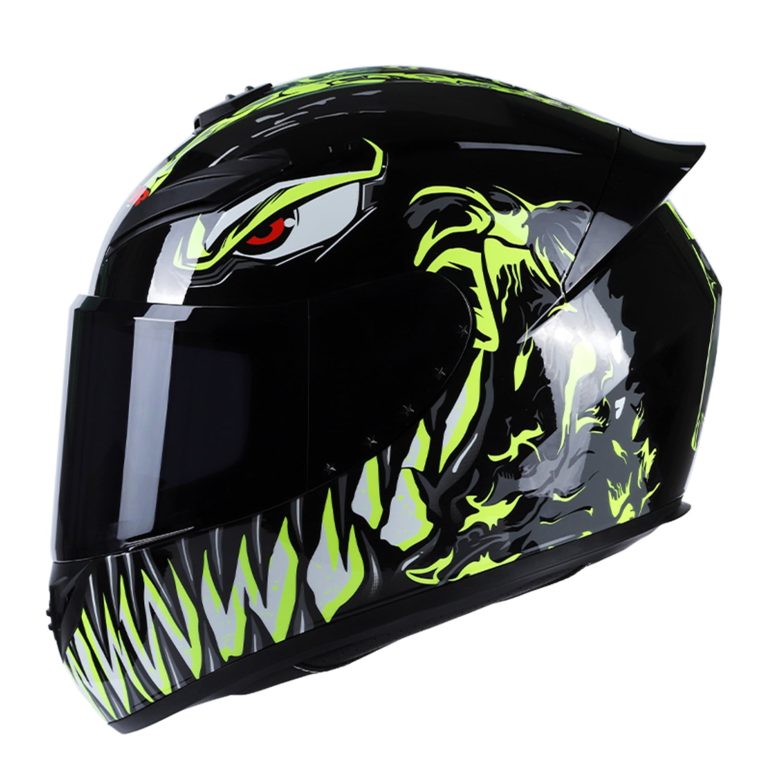
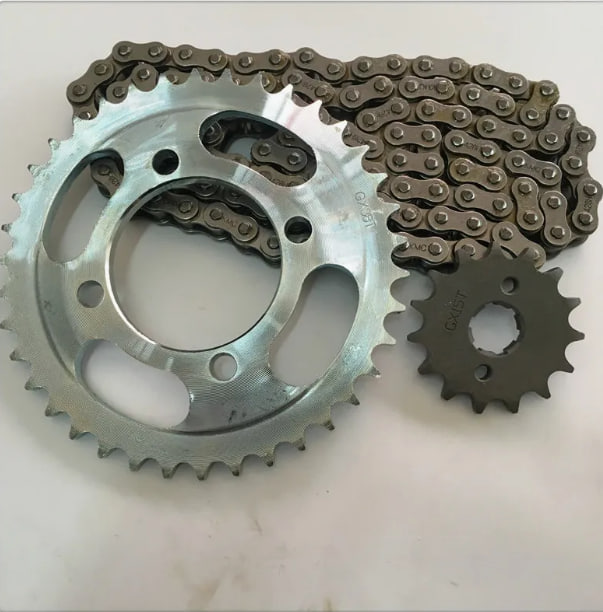
1 thought on “Wheels & Tires: A Guide to Essential Motorcycle Maintenance”